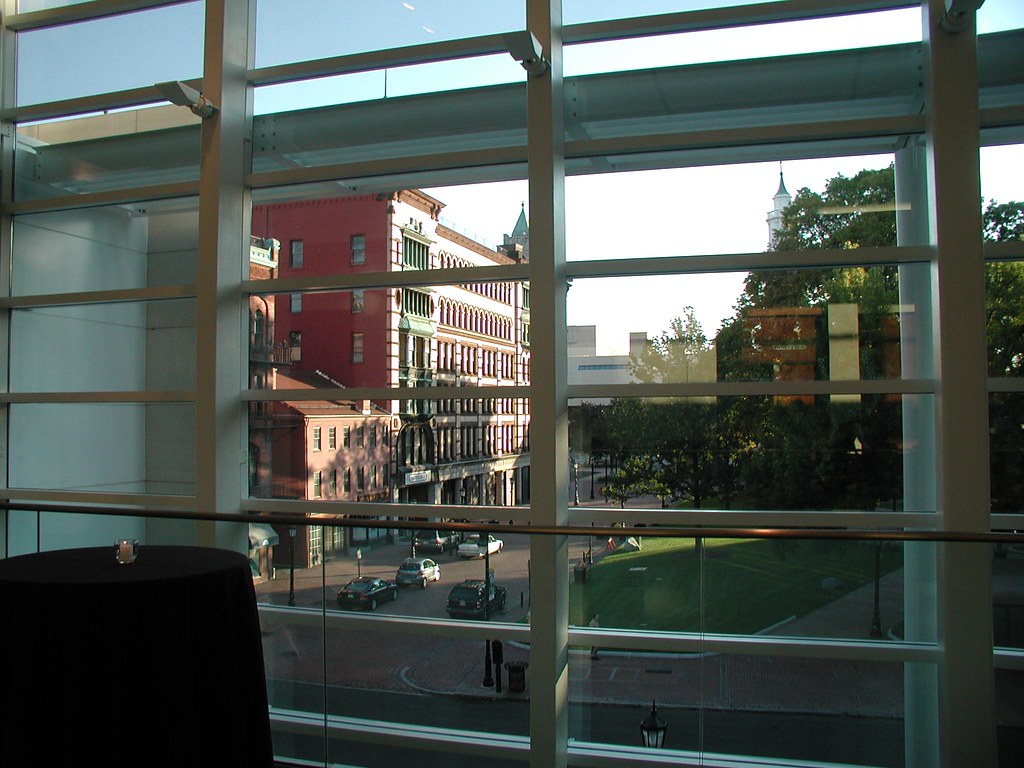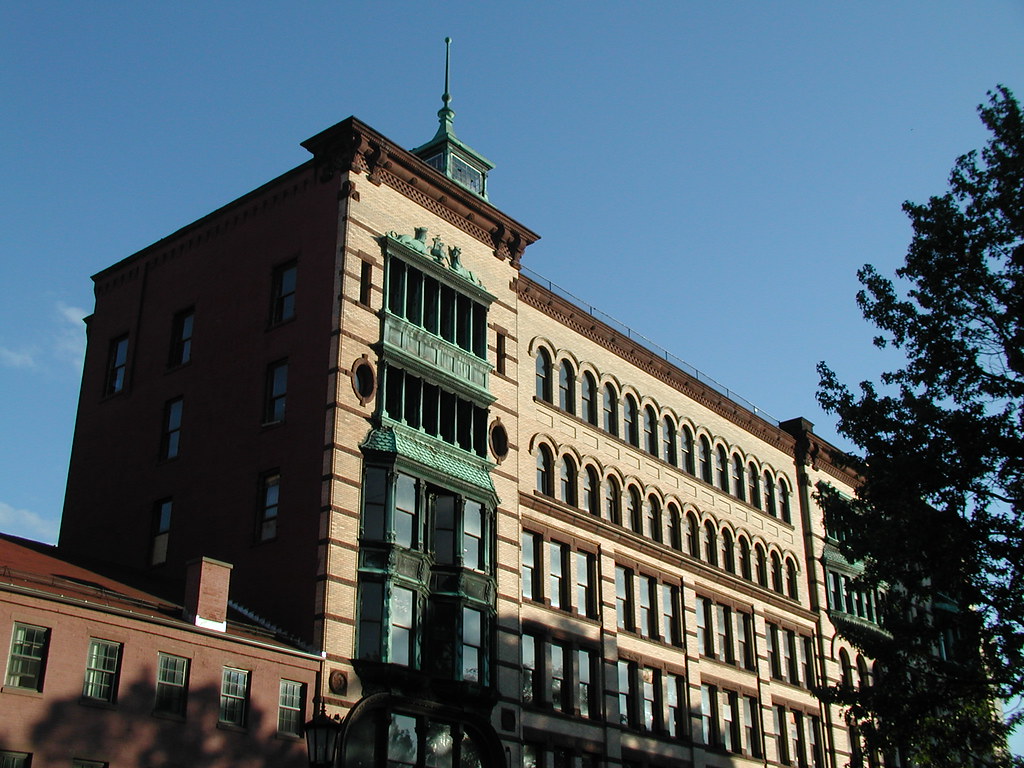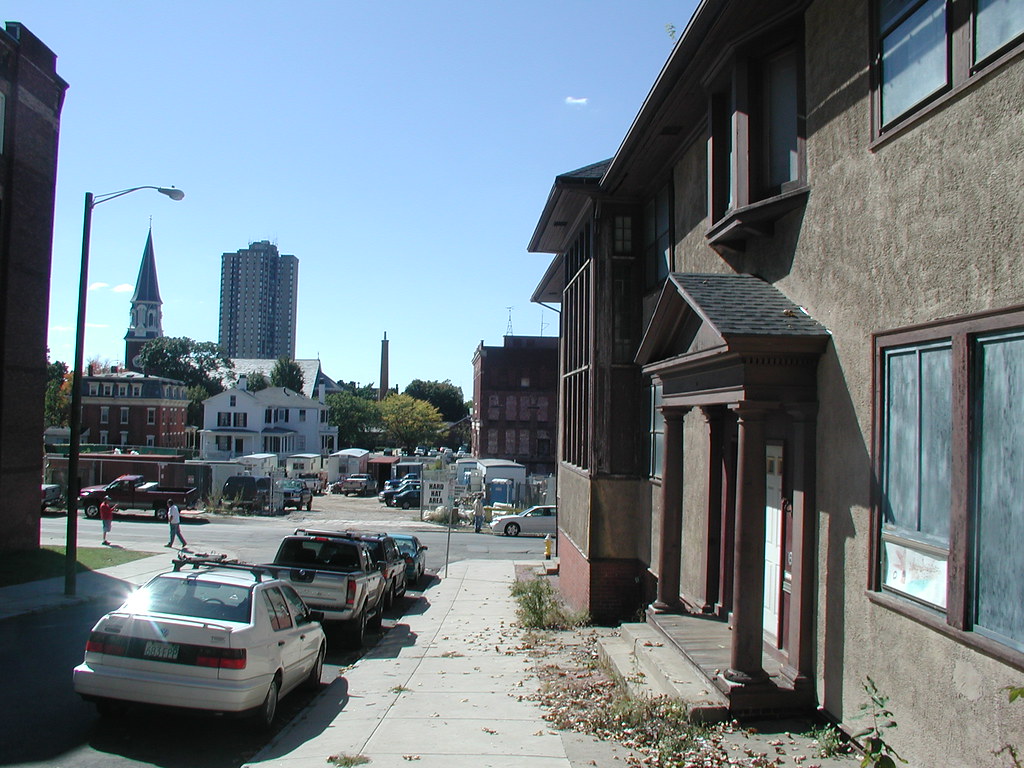The ULI-Boston District Council has been at work in Springfield again, this time sending a panel to survey downtown. Led by co-chairs Nancy Springett of ICON Architecture and transit specialist Eric Fellinger of Wilbur Smith Associates, various members of the eleven-member panel visited our city on Tuesday, May 8 for a day-long informal fact-gathering endeavor focusing on the city’s central business district.
 Last month, a separate panel sent by the district council was here to survey the city’s South End. Final reports for both surveys are anticipated in June.
Last month, a separate panel sent by the district council was here to survey the city’s South End. Final reports for both surveys are anticipated in June.
The group is assessing the area as part of a ULI Technical Assistance Panel initiative, which enables Springfield to gain the fruits of ULI expertise at no additional cost; panel members had to sign documents attesting to their volunteer involvement and lack of current or near-future investment in the area.
The public is invited to a forum on Wednesday, May 30, 5:00 to 7:30 pm, at the Old First Church (pictured at left) on Court Square, to hear preliminary results of the panel’s study of the downtown area, and to have a chance to give some input.
The entire panel includes mixed-use housing development expert Gary Jennison of Corcoran Jennison; land-use planner Larry Koff of LK Associates; Richard Monopoli of Boston Properties; super-collaborator and (particularly public space) landscape designer Lynn Wolff of Copley Wolff Design Group; Kevin Boyle of Citizens Bank; Steve Cebra of Walker Parking Consultants; Kathryn Madden of Sasaki Associates; structural parking engineer Alan Simon of Simon Design Engineering; and legal land use expert Matthew Lawlor of Robinson & Cole.
Of the panel’s May 8 visit, Brian Connors of the city’s Office of Planning and Economic Development told me, "They basically spent the day on a fact-finding mission. They arrived at 8:30, did a mobile and walking tour of downtown, and we then assembled a day-long series of focus groups starting at 11:00 am."
Connors said that when the panel toured downtown, "they were very impressed with the appearance of the city and the institutions we have downtown that so many other downtowns do not have." Panelists examined vehicle and pedestrian connections among institutions, the balance of housing opportunities, downtown retail conditions, and the city’s identified priority projects: 31 Elm Street, the federal building on Main Street, and the street and sidewalk improvements on Main Street. They also gave focus to the Old First Church, the Hippodrome, and Apremont Triangle at Chestnut, Bridge and Pearl Streets (pictured below).
The focus group schedule afterwards was brisk, beginning with an hour on arts, culture and historic preservation, followed by another hour dedicated to meeting with individuals affiliated with the Chambers of Commerce, the Springfield Parking Authority and the Police Department, with CDO David Panagore included.
This was likely a working lunch, as the panel next dove right in to a 1:00 pm meeting with property owners, a 2:00 meeting with a representative group of what were termed "economic development providers"—the Business Improvement District, the Western Massachusetts Economic Development Council, the Springfield Business Development Corporation, and MassDevelopment. At 3:00, the panel met with residents, and at 4:00, business owners.
"They had a good day," Connors reported. "They heard many different viewpoints and [heard] some similar themes." Since May 8, city officials have been working to assist the panelists by collecting any necessary data and information they might request. The panel will be back in Springfield for a full day on May 30 prior to its public forum.
"It’s a little different task with this panel," Connors said, "as they have a larger geographic reach with the study. The Hollywood/Gemini [study] was very focused [geographically]."
The recurring themes panelists heard, Connors said, were homelessness issues, a desire for more police downtown, and frustration with past plans not being implemented. "However," Connors added, "several also expressed pride in downtown and the city, and confidence in the direction the city is moving."






